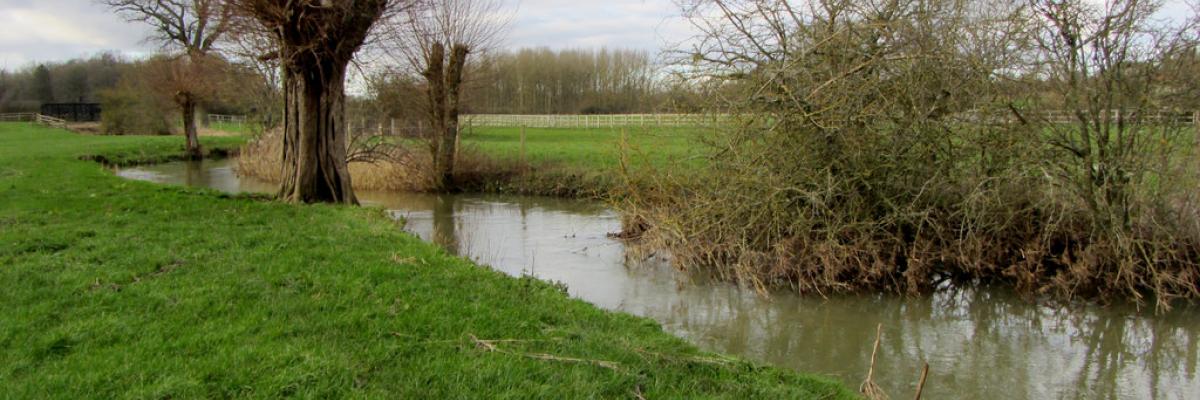

Riparian buffer strips
Their role in the conservation of insect pollinators in intensive grassland systems
Download the PDF
Riparian buffer strips can benefit your farm in many ways including by providing important resources for insect pollinators.
In grassland situations, they are fenced to exclude livestock and the resulting buffer strips are frequently left unmanaged. In arable situations, they are frequently created without fencing, and management i.e. annual mowing, is comparatively common.
This briefing summarises findings of research conducted by the SRUC and the James Hutton Institute. It aimed to determine how riparian buffer strip management influences insect pollinators and impacts on biodiversity in intensively managed grassland landscapes.
The research included a series of field experiments and was conducted on working farms in Ayrshire and Kirkcudbrightshire. Pollinators and flowering plants were also surveyed in riparian and non-riparian woodlands in Ayrshire and North East Scotland.
The briefing provides main findings of the research, which includes pointers towards beneficial management practices, and describes the methods and limitations and the policy implications.
- Riparian field margins / buffer strips support more foraging pollinators than adjacent fields.
- They are a recognised Ecological Focus Area and can bring many benefits within intensively managed agricultural landscapes including promoting biodiversity, diffusing pollution and providing pollinator resources.
- Mowing or restricted grazing of riparian buffer strips can encourage flowering plants to grow, prevent scrub from encroaching, and prolong the longevity of the strips as a resource for pollinators.
- The research found the highest abundance of flowers was in buffer strips over 5m wide, which also supported greater densities of butterflies and bumblebees. It suggests that wide buffer strips also provide early season foraging resources, tussocky grasses that provide food for butterfly larvae, shelter and bumblebee nesting sites, and stable semi-natural habitats that can benefit ground beetle species.
- A minimum buffer strip width of 5m is in line with Good Agricultural and Environmental requirements of preventing significant poaching within 5m of watercourses and with the 6m minimum width for conservation headlands and water margins in grassland fields.
- Afforestation of riparian field margins can make foraging resources for insect pollinators less available. You should therefore target any afforestation to deliver benefits such as enhancing habitats for woodland species and mitigating flooding.
